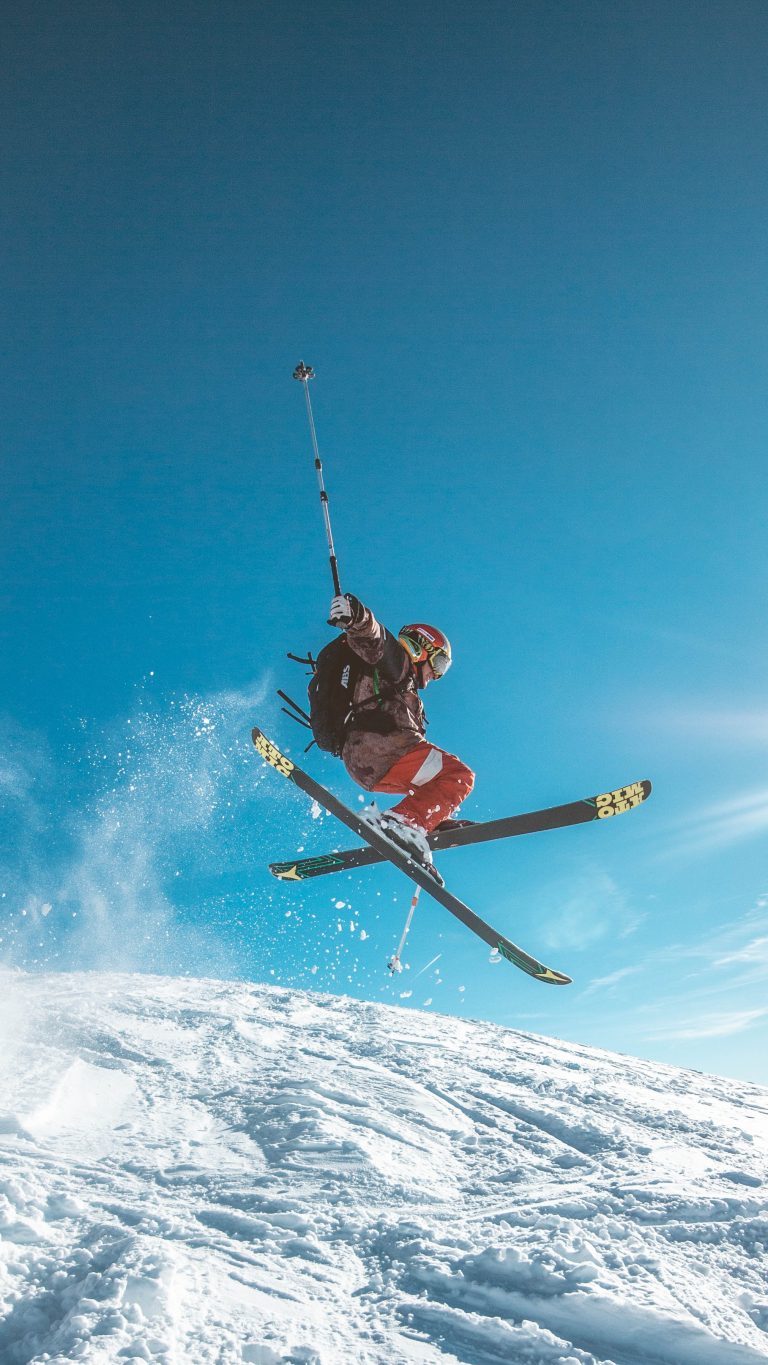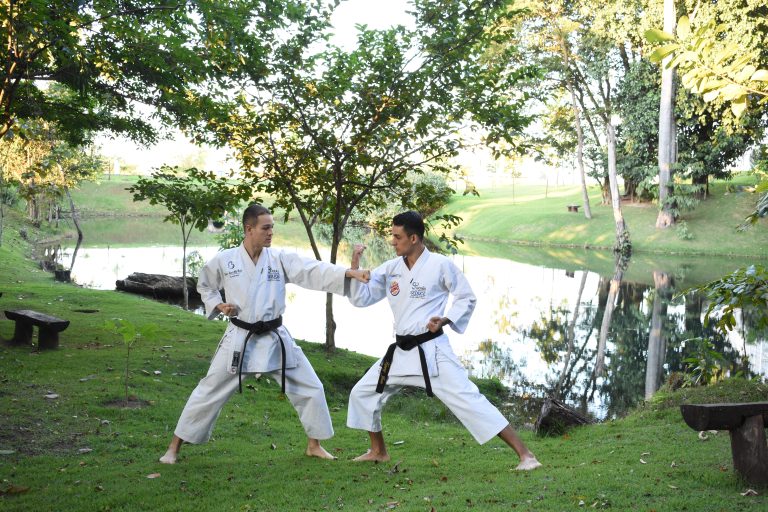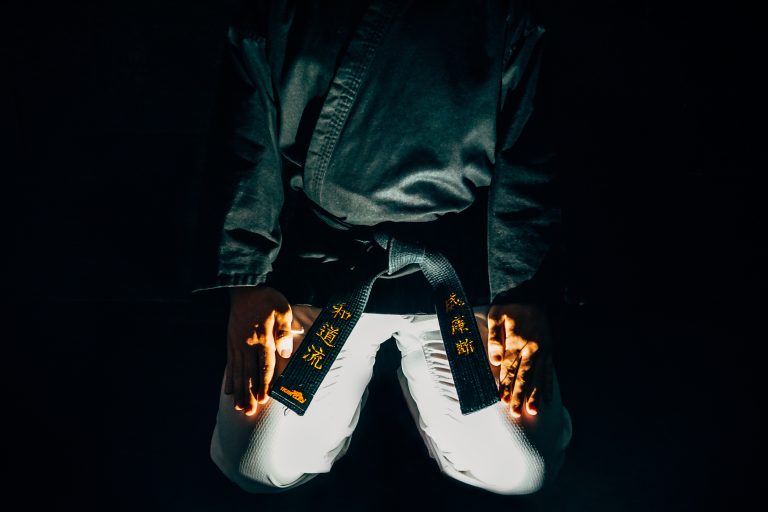Basic Karate Commands: A Comprehensive Guide
Karate is a martial art that involves performing high-intensity movements and techniques that require precision, speed, and control. One of the most critical aspects of karate is understanding and being able to execute basic karate commands. These commands not only help to communicate effectively but also ensure that the techniques are executed correctly to prevent injuries.
In this article, we will discuss essential Karate commands that any practitioner should know.
1. Rei (Bow)
Rei means „Bow“ in Japanese. Bowing is an essential part of karate as it is a sign of respect, humility and indicates that you are ready to train. A bow is also used to acknowledge your opponent, sensei, or anyone who helps you in your training journey.
There are two main types of bows in Karate:
• Standing Bow – Comes from an upright position, and the practitioner is expected to bow at a 15-degree angle from the waist. The hands are together and at the front of the body.
• Seated Bow – can be performed, seated or kneeling. The hands are placed on the lap, and the upper body is bent to give a 30 to 45-degree angle bow.
2. Yoi (Ready)
Yoi is often translated as „ready“. It is an essential command in Karate because it signals that you are prepared to begin practice or perform a technique. You must be alert and focused when the Yoi command is given so that you can move quickly and avoid injury.
The stance used to perform Yoi is Kamae. Kamae is a basic defensive posture in Karate where the knees are slightly bent and the legs are shoulder-width apart, and the fists are placed at the ready in front of the body.
3. Hajime (Begin)
Hajime is a command used to begin practice or start a sparring match. When the Hajime is called, it is essential to ensure that you are ready to perform and are paying attention to your opponent. The Hajime command generally signifies that it is time to put all your mental energy into your training.
4. Yame (Stop)
Yame means „stop“ in Japanese. It is one of the most critical commands in karate, and it is used to signal the end of the match or end of a movement or technique. When the Yame command is given, you should stop doing the activity completely and return to the initial position.
It is essential to remember that in Karate, Yame should be followed immediately by Rei, or Bow, to pay respect to your opponent or your trainer.
5. Kiai (Spirit Shout)
Kiai is a shout that is performed when you are executing a technique or kata. The Kiai comes from deep within and is meant to show your spirit and energy. There are different types of Kiai, including:
• Gedan – Low Scream
• Jodan – High Scream
• Kime – Strong Scream
• Shime – Quick Scream
6. Mawate (Turn Around)
Mawate is a command used to tell the karate practitioner to turn around. This command is often given during training and sparring matches to test participants‘ agility and responsiveness.
When the Mawate command is given, the practitioner must perform a quick turnaround while maintaining balance and focus.
7. Osu (Push Through)
Osu is used as a greeting, acknowledgement, or sign of respect in karate. It is also used as a command when one needs to push through a barrier or when there is the need to gain extra focus and energy.
The Osu command is usually used in training to build up the dedication and focus of the practitioner.
Basic Karate Commands: Answers to the Most Common Questions
Karate is a martial art that originated in Japan and is now practiced worldwide. It requires discipline, patience, and a deep understanding of the basic karate commands. This post is dedicated to answering the most frequently asked questions about the basic karate commands.
What are the basic karate commands?
Karate commands are used to communicate with others and are essential in martial arts. The most basic karate commands are as follows:
- Rei – Bowing as a show of respect.
- Kiotsuke – A standing attention command.
- Yoi – A command to prepare to move, usually in a fighting stance.
- Hajime – A command to start the fight or technique.
- Ippon – A command indicating a full point for a scoring technique.
- Ni-hon – A command indicating two points for a scoring technique.
- San-bon – A command indicating three points for a scoring technique.
- Yame – A command to stop the fight or technique immediately.
- Mawate – A command to turn around quickly and face the other way.
- Kiai – A shout used to focus energy during a technique.
Why are basic karate commands important?
Basic karate commands are essential to ensure that everyone in the dojo or gym is on the same page. The commands help with discipline, focus, and respect. They serve as a way to communicate with others during training or competition.
In addition, following the basic karate commands is a way to show respect for the martial art, the instructor, and other students. Karate isn’t just about physical exercise; it’s about developing mental strength, too. By understanding and following the commands, you will be better able to develop a strong mindset and a sense of discipline.
How do I say the basic karate commands?
When saying the basic karate commands, it’s essential to use a clear and loud voice. Speak with authority, but not with aggression. Here are the most commonly used commands in phonetic spelling:
- Rei – r-ray
- Kiotsuke – key-oats-kay
- Yoi – yoy
- Hajime – ha-gee-may
- Ippon – e-pawn
- Ni-hon – nee-hone
- San-bon – san-bone
- Yame – yah-may
- Mawate – ma-wa-tay
- Kiai – kee-eye
Can basic karate commands vary depending on the style?
Yes, the basic karate commands can vary depending on the style or the country where the martial art is practiced. For example, the Japanese language has a greater impact on traditional karate and its commands.
However, most karate styles and schools follow a standard set of basic karate commands, regardless of language or country. It’s always best to check with your instructor or ask about specific commands if you are unsure.
What is the proper etiquette when using basic karate commands?
Proper etiquette is crucial when practicing karate, and it involves more than just speaking the commands clearly. Here are some basic etiquette rules that you should follow:
- Show respect to the instructor, senior students, and other students in the dojo.
- Bow when entering and leaving the dojo as a sign of respect and humility.
- Speak the basic karate commands with confidence and clarity.
- Stay focused and attentive during training or competition.
- Be patient and listen to the instructor’s advice and feedback.
Basic Karate Commands: A Step-By-Step Guide
Introduction
Karate is an art form that takes a lot of hard work and dedication to master. One essential aspect of learning Karate is understanding and executing basic karate commands. In this step-by-step guide, we will break down the fundamentals of karate commands and how to execute them correctly.
Step 1: Understanding The Terms
Before we dive into the basic commands, it is crucial to understand some of the terms used in Karate. Here are a few definitions:
– Sensei: Teacher or instructor.
– Dojo: Training hall or gym.
– Gi: Uniform worn for training.
– Rei: Bowing, used to show respect.
– Kiai: A sharp, loud shout often used to focus energy during practice.
Step 2: Basic Commands
Here are some simple and easy-to-remember commands that you’ll hear often in the Karate dojo:
– Rei: Bowing is an essential part of Karate. Rei (bowing) is used to show respect to your Sensei and fellow students. To bow, stand straight with your feet together, and bring your hands together in front of your chest. Bend your upper body forward from the waist and bow respectfully. Return to an upright position with your hands still placed in front of your chest.
– Yoi: This command means to get ready. To execute it, stand with your feet apart, and bring your fists up to your chest, elbows tucked in. Your eyes should be focused straight ahead.
– Hajime: This word means, „begin.“ It is used to start various training exercises or sparring sessions.
– Yame: This word means, „stop.“ It is used to stop a sparring session or an exercise.
Step 3: Execute The Commands Correctly
It is imperative to execute these commands correctly to stay in line with the principles of Karate. Here are a few tips to execute these commands correctly:
– When performing Rei, bow from the hips, not the waist.
– When executing Yoi, make sure your fists are up against your chest, and your elbows are tucked in tightly.
– When performing Hajime, start with speed and focus.
– When performing Yame, come to a complete stop and assume the Rei position to show respect to your partner.
Conclusion
In conclusion, basic Karate commands are an essential part of learning Karate. By following the steps mentioned above, you can execute these commands correctly and demonstrate respect and dedication to your Sensei and fellow students. Keep practicing and honing your craft to become a master of this beautiful art form.
Inhaltsverzeichnis






